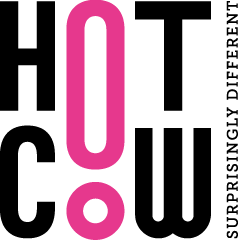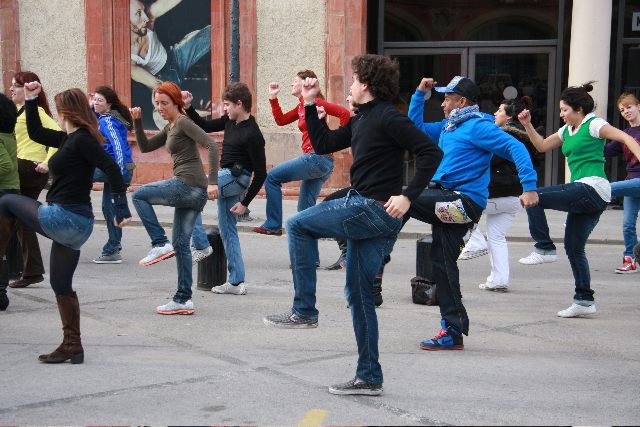In an increasingly competitive market-place, it is difficult to attract and retain the attention of customers, which is why a growing number of companies are turning to alternative marketing techniques to make their brand stand out.
The latest craze in experiential marketing is that of ‘Clean Graffiti’, which, as ironic as it sounds, is actually one of the coolest, most eco friendly methods of advertising around.
What is it?
Clean graffiti, which is also known as reverse graffiti or dust tagging, is essentially the act of removing dirt or dust from dirty surfaces, in order to form an image or text. The technique involves the use of high-pressure washers and custom made stencils, to imprint a company logo or marketing message directly onto a dirty surface, such as a pavement or building wall. Unlike traditional spray painted graffiti, clean graffiti does not use toxic substances, is temporary and biodegradable. Over time, the clean part of the surface will become dirty again, leaving no permanent traces of the advertising campaign.
Case Study: Clorox
One of the most memorable clean graffiti ad campaigns was that of American manufacturer Clorox, who used the technique to market their GreenWorks range of eco-friendly cleaning products. The company hired reverse graffiti pioneer Paul Curtis to create a mural at the entrance to San Francisco’s Broadway Tunnel. Using the GreenWorks cleaning product, Curtis removed the layers of soot that rested on the walls to create the 140-foot work of art below.
The technique demonstrated the effectiveness of the product, while reinforcing the companies green credentials and the clever placement of the mural meant that it was seen by thousands of commuters on a daily basis.
Curtis documented his progress on the GreenWorks mural in a short film, which has since received over 1 million hits on YouTube. You can watch it here:
The future of Clean Graffiti
A growing number of brands are jumping on the clean graffiti bandwagon, with the likes of Starbucks and Waitrose using the technique to promote new store openings, while over in the US, the Pennsylvanian transport authority (SEPTA), have used it to encourage people to ‘go green’ by swapping their cars for environmentally friendly hybrid buses.
A well targeted clean graffiti campaign can do wonders for your brand and company credentials, which is why some marketers believe that it is the advertising of the future and, in an age where consumers are increasingly led by environmentally conscious purchase decisions, we are inclined to agree.
Hotcow is a non-traditional creative agency that specialises in experiential marketing that goes viral. Our campaigns generate buzz through crowd participation, PR and content sharing. Contact us on 0207 5030442 or email us on info@hotcow.co.uk.







